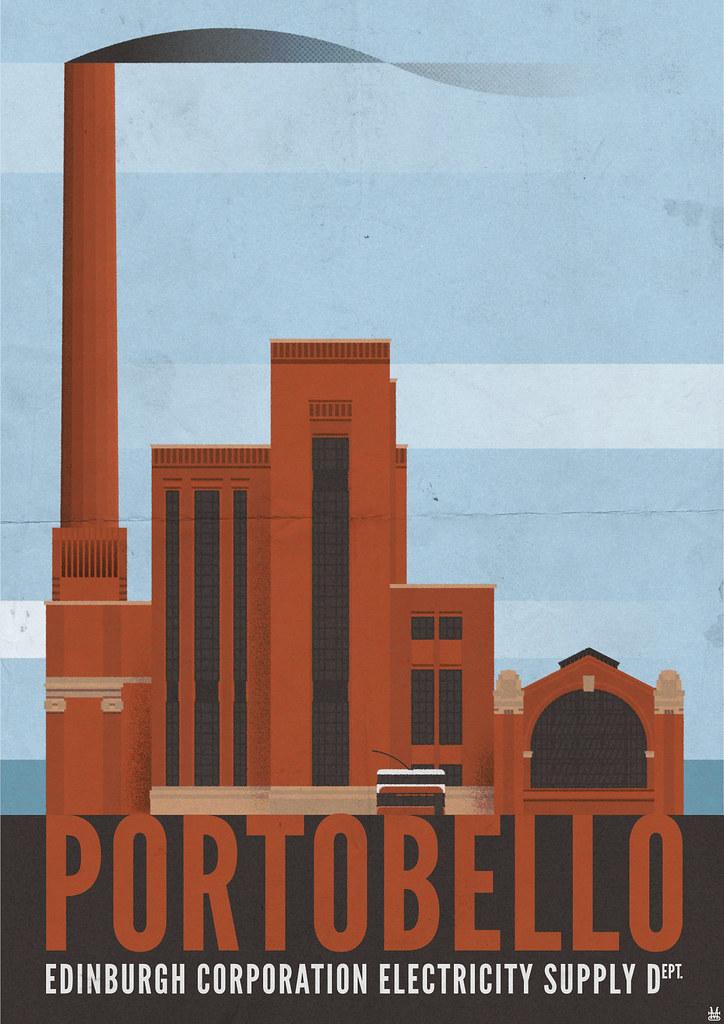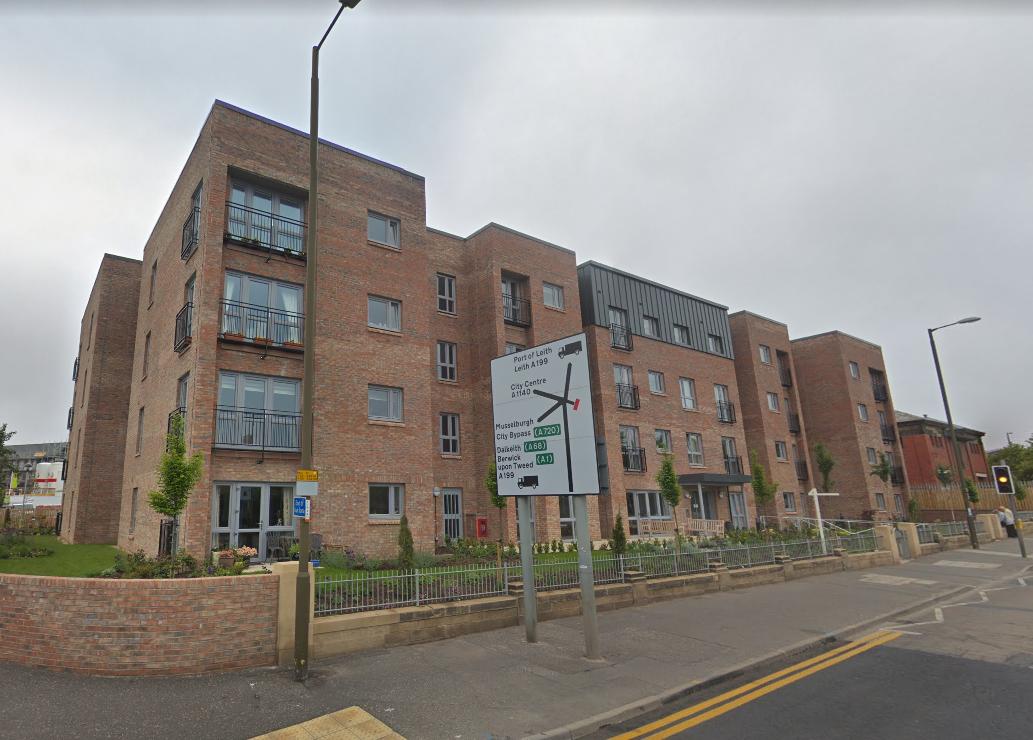Who's for a little thread on the history of Edinburgh & Leith's electric supply this evening to unwind?
(* = 18 of you, but never mind).




















I'm not a believer myself, but I think there's something in that.

request the honour of your presence at
The Central Station, Dewar Place,
at 5 o'clock afternoon,
when you have the opportunity of inspecting the
works prior to the turning on of the Electric Current on that evening (About 8 o'clock.)"

A line of electric arc lamps had been installed along the north side Princes Street especially for the occasion.
The spectacle of instant light attracted thronging crowds, who came to marvel at this wonder of the age.

With fourteen lamps our street is bright, a pleasure now to walk by night" ⚡️🔌💡
Breakages are... frequent... representing a considerable annual expenditure”












